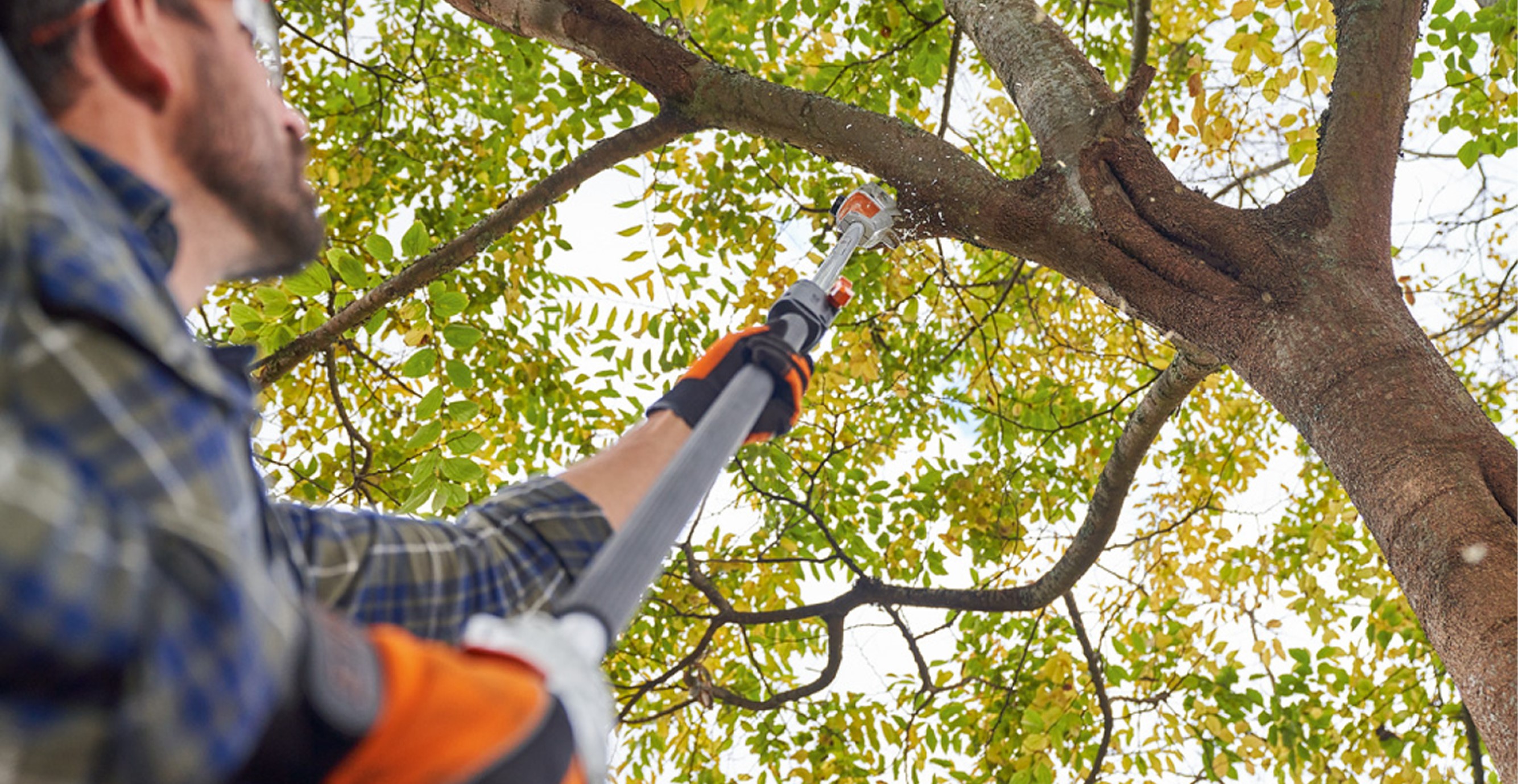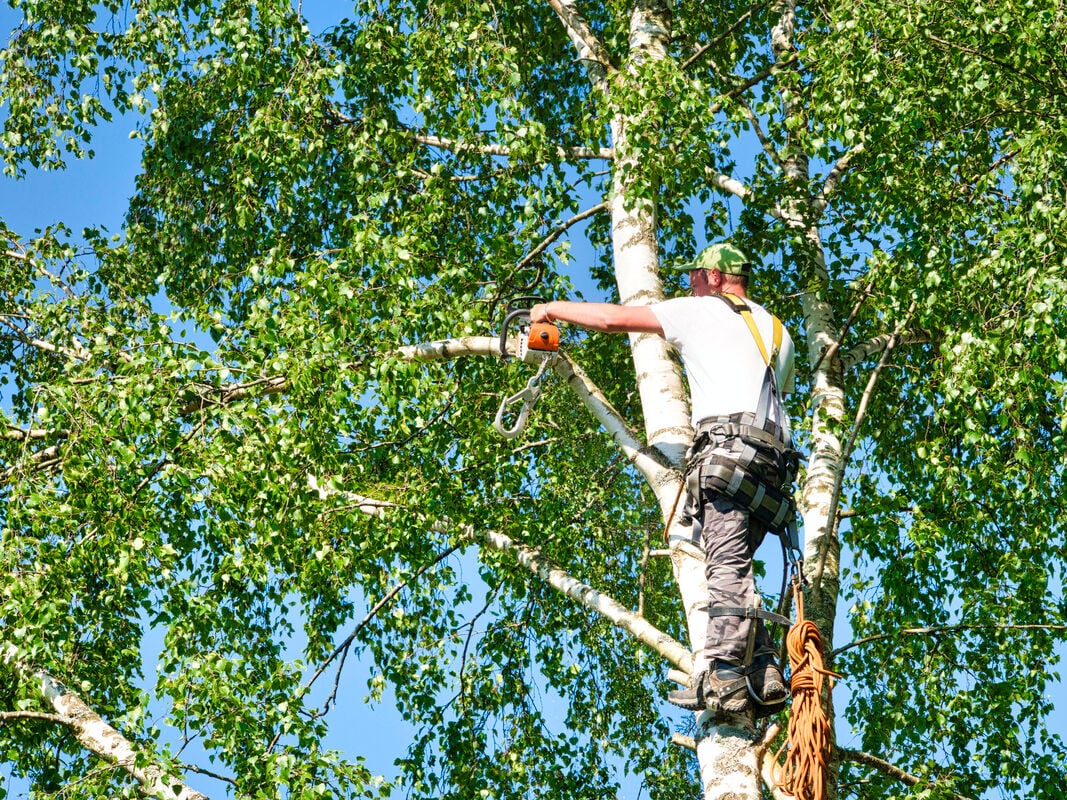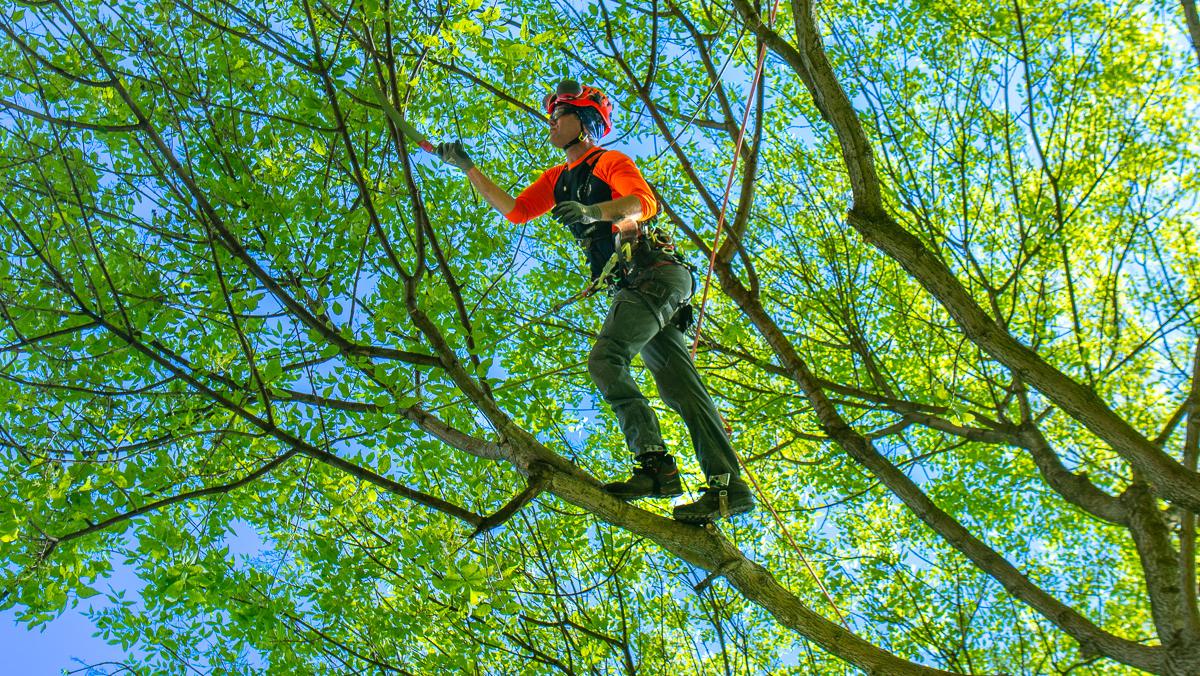
Tree pruning may seem like a simple garden task, but behind every cut is a blend of biology, physics, and strategy. Whether you're a homeowner hoping to boost curb appeal or a professional arborist managing large properties, understanding the science of effective pruning techniques is critical to tree health and longevity.
When trees are pruned the right way, they grow stronger, resist disease better, and present less risk to surrounding structures. But when done incorrectly, pruning can weaken a tree, expose it to pathogens, or stunt its growth altogether.
Let’s break down what really happens when you prune a tree, why it matters, and how you can apply these insights to support healthier landscapes, safer environments, and more sustainable green spaces.
Why Tree Pruning Matters Beyond Appearance
Tree pruning isn't just about keeping your yard looking clean. It's a biological intervention that can determine how a tree grows and thrives for decades. Pruning serves multiple purposes—enhancing tree structure, eliminating hazardous limbs, promoting airflow and light penetration, and guiding proper growth.
A neglected tree can become overgrown, structurally unstable, or disease-prone. Strategic pruning helps reduce wind resistance, decreases the chance of limb failure during storms, and improves nutrient distribution throughout the canopy. Over time, this translates to stronger trees that demand less corrective maintenance.
Moreover, for flowering and fruiting species, proper pruning stimulates bud formation, improves fruit quality, and maintains manageable sizes, especially in small home gardens.
What Happens Biologically When You Cut a Branch
Understanding tree biology is key to making smarter pruning decisions. Trees don't heal wounds the way animals do. Instead, they go through a process known as compartmentalization. When a branch is removed, the tree forms a barrier around the cut area to isolate the damage and protect itself from pathogens. This is why improper cuts can have long-lasting consequences.
The location of a cut matters. Removing a branch too close to the trunk can damage the branch collar, a swollen area at the base of the branch where healing begins. On the other hand, leaving too much of a stub delays the sealing process, creating an entry point for decay.
Tree pruning also impacts hormonal activity. Trees rely on plant hormones—such as auxins, cytokinins, and gibberellins—to regulate their growth. These hormones are concentrated in specific parts of the tree, especially in terminal buds. By pruning selectively, you can manipulate these hormone pathways to encourage lateral growth, control size, and stimulate dormant buds.
For example, removing the central leader in a young tree can break apical dominance and encourage a more spreading, fuller canopy. This practice is common in orchard management to improve fruit-bearing potential and reduce height for easier harvesting.
Timing Is Crucial: When to Prune for Best Results
Seasonal timing plays a critical role in the success of your pruning. During the dormant season—typically late winter—trees conserve energy and are less susceptible to disease transmission. Pruning during this time minimizes stress and allows for vigorous growth come spring.
In contrast, pruning during the growing season can be beneficial for redirecting growth or removing unwanted shoots, but excessive removal may reduce photosynthesis and compromise the tree’s energy reserves.
Fall is the least favorable season to prune most trees. As they begin to go dormant, their capacity to compartmentalize wounds is diminished, and pruning can invite fungal infections, especially in humid or rainy climates.
Different species respond uniquely to seasonal pruning. Oaks, for instance, should never be pruned in spring or summer due to the risk of oak wilt—a devastating fungal disease spread by sap-feeding beetles.
Scientific Pruning Techniques That Protect and Strengthen Trees
Proper pruning involves more than just cutting off branches. It’s about making calculated decisions based on the tree’s age, species, structure, and environment.
Crown thinning is one method used to remove select inner branches, improving air circulation and reducing wind load. This technique is especially important in storm-prone areas where dense canopies can act like sails.
Crown raising involves removing lower branches to create clearance for vehicles, pedestrians, or structures. While useful in urban environments, it must be done gradually to avoid trunk instability.
Crown reduction is a more advanced method typically reserved for trees that have outgrown their space. This method reduces the tree's height or spread without damaging the main structure, requiring a deep understanding of growth points and natural branching patterns.
Deadwooding targets non-living limbs that pose safety risks or attract pests. While often overlooked, this is one of the most critical practices for property owners concerned with liability and tree health.
Young trees benefit from formative pruning, which helps establish a strong, balanced structure early on. The earlier a tree is guided, the fewer corrective cuts it will need as it matures.
Essential Tools for Scientific Tree Pruning
The tools you use can make or break the success of your pruning efforts. Clean, sharp equipment ensures precise cuts and minimizes tissue damage. Dull blades can tear rather than slice, increasing the size of wounds and exposing trees to decay.
For small branches, bypass pruners offer clean, efficient cuts. Larger limbs require loppers or hand saws. Pole pruners may be necessary for higher branches, but always prioritize safety and know your limits.
Equally important is disinfecting your tools between trees—or between cuts, especially when disease is suspected. A simple cleaning solution can prevent the transfer of harmful pathogens and keep your landscape healthy.
Tree Species and Pruning Sensitivity
Not all trees are created equal when it comes to pruning. Some tolerate heavy trimming, while others are sensitive and should only be pruned lightly or during specific times of year.
Birches and maples, for instance, are known for heavy sap flow in early spring. While this bleeding isn't usually harmful, it can be unsightly and unnecessary. Pruning in late summer or mid-winter may reduce sap loss.
Evergreens, including pines and spruces, should be pruned with particular care. Unlike deciduous trees, many conifers don’t produce new growth from old wood. If you cut back too far, you may permanently damage the shape of the tree.
Fruit trees are among the most pruned species, with annual trimming to enhance yield and control shape. Each type—from apples and pears to cherries and citrus—has its own ideal timing and technique for optimal productivity.
Common Pruning Mistakes That Harm More Than Help
One of the most damaging mistakes is tree topping—the removal of large portions of the canopy in an attempt to reduce size. Topping not only disfigures the tree but leads to weak regrowth and makes the tree more susceptible to disease and breakage.
Flush cuts, which remove the branch collar, interfere with the tree’s natural sealing process. Over-pruning, or removing more than 25 percent of the canopy in a single season, can severely stress a tree, reduce its food production, and slow its growth.
Another often overlooked mistake is using unclean tools. This simple oversight can turn a healthy tree into a diseased liability. Proper sanitation is especially important when moving between trees in areas where bacterial or fungal infections are present.
How Often Should You Prune Trees?
Pruning frequency depends on the tree's species, age, and purpose. Young trees may need shaping every one to two years, while mature trees typically benefit from maintenance every three to five years.
Fast-growing species or trees in high-stress environments may need more frequent attention. On the other hand, well-established native trees in low-traffic areas may go longer without intervention.
If a tree has been damaged by storms, shows signs of disease, or presents a safety hazard, it should be pruned immediately—regardless of the season.
DIY or Hire a Certified Arborist?
While basic pruning on small trees can be safely performed by homeowners with the right tools and knowledge, large trees or complex situations require the expertise of a certified arborist. Arborists are trained in the science of tree biology, disease identification, and structural pruning techniques that reduce risk and ensure long-term health.
Hiring a professional is especially important when power lines, buildings, or personal safety are involved. They also bring climbing gear, pruning protocols, and liability insurance—things that no weekend DIY project should go without.
Let Smart Science Shape Your Trees
Pruning isn’t guesswork. It's a calculated practice grounded in biology, botany, and environmental awareness. With the right approach, trees can be guided to grow stronger, resist disease, and remain safe and beautiful for years to come.
If you're committed to maintaining the health, safety, and beauty of your landscape, now is the time to act. Whether you're managing a home garden or a commercial property, science-based tree pruning ensures your trees are getting the care they deserve.
Explore professional tree pruning services in your area that use proven, science-driven methods to protect your green investments.
Let your trees tell a story of smart care and sustainable growth—starting with every precise cut.

We're your local tree pros!
Georgia Pro Tree Services takes the highest quality of care when servicing your trees. Call us to find out how we can help you keep your yard in top shape.



